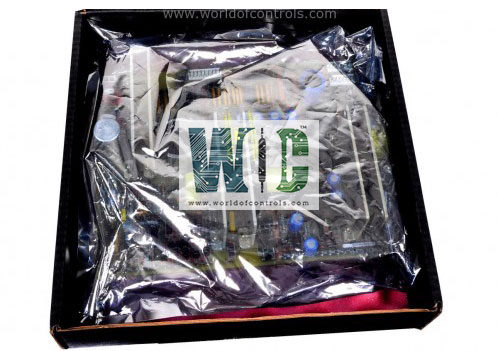
World Of Controls understands the criticality of your requirement and works towards reducing the lead time as much as possible.
IS200STAIS2ACB - Compact Analog Input Terminal Board is available in stock which ships the same day.
IS200STAIS2ACB - Compact Analog Input Terminal Board comes in UNUSED as well as REBUILT condition.
To avail our best deals for IS200STAIS2ACB - Compact Analog Input Terminal Board, contact us and we will get back to you within 24 hours.
Part No.: IS200STAIS2ACB
Manufacturer: General Electric
Country of Manufacture: United States of America (USA)
Size: 15.9 cm high x 10.2 cm wide
Temperature: -30 to +65oC
Technology: Surface mount
Number of channels: 12
Product Type: compact analog input terminal board
Availability: In Stock
Series: Mark VIe
IS200STAIS2ACB is a compact analog input terminal board developed by GE. It is part of the Mark VIe series. The board serves as a condensed analog input terminal designed to handle a variety of input types and connect seamlessly with the PAIC pack. With the capacity to accommodate 10 analog inputs and two analog outputs, its versatility extends to supporting two-wire, three-wire, four-wire, or externally powered transmitters. The compact design, compatibility with multiple input types, configurable analog outputs, terminal block type, and onboard identification chip collectively establish it as a versatile and reliable component within systems requiring analog input and output functionality.
The configuration process for the terminal board involves utilizing jumpers to customize its functionality based on specific requirements. These jumpers, identified by their locations as indicated in the installation diagram, offer various settings:
The WOC team is always available to help you with your Mark VIe requirements. For more information, please contact WOC.
What is IS200STAIS2ACB?
It is a compact analog input terminal board developed by GE under the Mark VIe series.
What is the function of the STAI board?
The board serves as a compact analog input terminal that accepts 10 analog inputs and two analog outputs. It connects to the PAIC pack and accommodates various types of transmitters, supporting different input configurations.
How are configurations on the board managed?
Configurations on the terminal board are handled through jumpers. These jumpers, identified by their specific locations on the board as indicated in the installation diagram, offer choices for current inputs, voltage inputs, return connections, input current levels, and output specifications.
How does the board indicate the output current?
It indicates output current by measuring the voltage drop across a series resistor. This information aids in monitoring the current flow. Additionally, the I/O processor creates a diagnostic alarm if either of the two outputs exhibits unhealthy behavior.